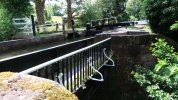in Spetember 1901 George Jones Ltd (also described as Jones & Co) were engaged in erecting some new buildings for their iron foundry. They were intending to erect new stanchions and a new wall to reinforce the canal wall next to their premises which were below the level of the canal. However, the excavations apparently weakened the canal wall , and at 3am on 28th September the wall collapsed, causing a flood that severely damaged many premises.
Below are photographs of a little of the devastation, together with a report from the Birmingham Mail and later comment from the Birmimgham Post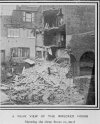
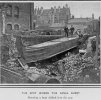
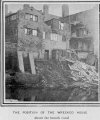



Maps from 1886 and 1902 show that after the deluge, that part of the arm was filled in and added to the area occupied by the foundry
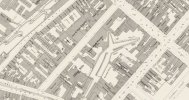
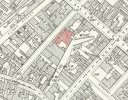
Below are photographs of a little of the devastation, together with a report from the Birmingham Mail and later comment from the Birmimgham Post






Maps from 1886 and 1902 show that after the deluge, that part of the arm was filled in and added to the area occupied by the foundry



